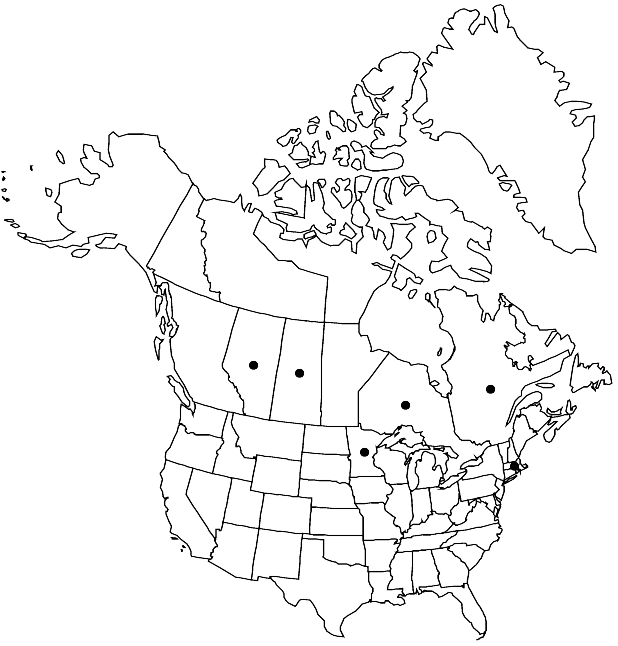Salix daphnoides
Prosp. Hist. Pl. Dauphiné, 51. 1779.
Stems: branches red-brown, strongly glaucous (losing glaucescence in age but remaining so at nodes), glabrescent; branchlets yellow-brown, (not glaucous, except in age), usually glabrescent, sometimes sparsely or moderately densely tomentose. Leaves: stipules (often adnate to petioles), usually rudimentary on early ones, late ones lanceolate to ovate, apex acuminate or acute, often adnate to petiole; petiole shallowly grooved, or convex to flat adaxially, 5–18 mm, tomentose to glabrescent adaxially; largest medial blade oblong, lorate, narrowly elliptic, or elliptic, 50–96(–120) × 1–35(–40) mm, base cuneate to concave, margins slightly revolute, serrate to crenate, apex acuminate, abaxial surface glaucous, glabrescent or midrib sparsely tomentose, hairs (white, sometimes also ferruginous), spreading, straight, long or short, adaxial slightly glossy, (midrib sparsely tomentose or throughout); proximal blade margins entire, closely gland-dotted; juvenile leaves green, sparsely to moderately densely long-silky abaxially, hairs white, sometimes some ferruginous. Catkins flowering before or just before leaves emerge; staminate stout, 30–47 × 9–20 mm, flowering branchlet 0–1.2 mm; pistillate densely flowered, stout, 20–50 mm, flowering branchlet ca. 1.5 mm; floral bract dark brown or bicolor, 2.8–3 mm, apex acute to convex, moderately densely hairy throughout, hairs straight. Staminate flowers: adaxial nectary narrowly oblong to flask-shaped, 0.5–1 mm; filaments distinct or connate basally; anthers purple turning yellow, short- to long-cylindrical or ellipsoid, 0.5–0.7 mm. Pistillate flowers: adaxial nectary oblong to square, 0.4–0.9 mm; ovary pyriform, beak gradually tapering to styles; ovules 4–6 per ovary; styles 0.6–1.5 mm. Capsules 3.2–4.4 mm. 2n = 38.
Phenology: Flowering late Mar-early May.
Habitat: Disturbed habitats
Elevation: 60-600 m
Distribution

Introduced; Alta., Ont., Que., Sask., Mass., Minn., Europe.
Discussion
Salix daphnoides is cultivated on prairies for windbreaks and elsewhere for its ornamental catkins. Its stipules are unusual in being attached to petiole bases, even when rudimentary. As the petiole dilates around reproductive buds, the stipules become adnate to it.
Selected References
None.